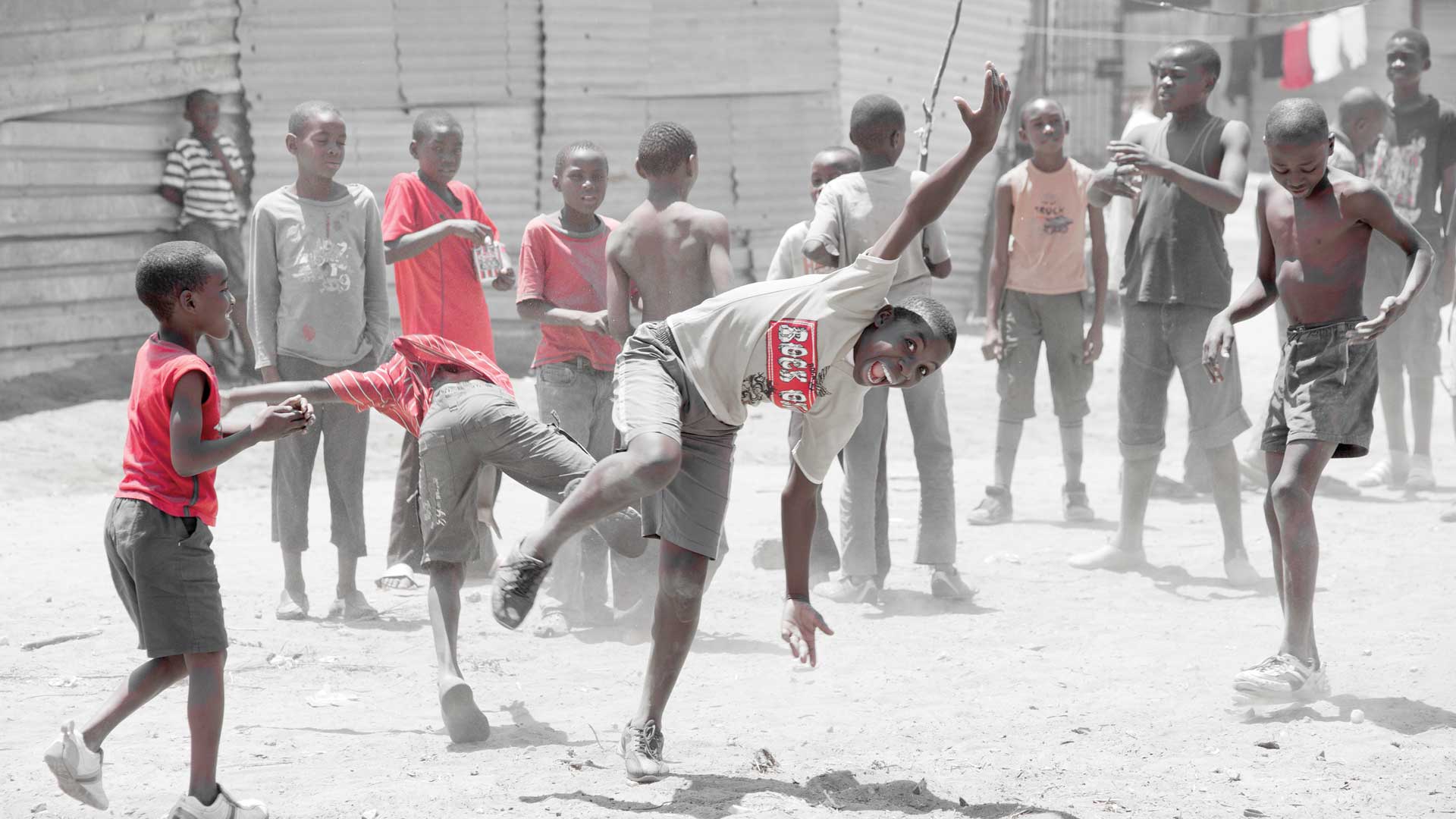
Tangled up in green – Birding with Pompie
September 2, 2015
Photographic feature by Tony Figueira
September 3, 2015A THREAT TO FARMING AND TOURISM IN NAMIBIA
Text and Photographs Luise Hoffmann
In order to save water, and because they have beautiful flowers and are often easily available, one may be tempted to plant cacti in the garden. However, the entire African continent boasts no indigenous cactus species. All cacti originate from the tropical and subtropical regions of the Americas. Being very well adapted to arid conditions, they thrive excellently in our dry climate and since they are from a different part of the world they experience a total lack of indigenous pests or diseases in Namibia.
DO NOT PLANT THESE CACTI ON YOUR FARM, LODGE OR GUEST FARM
It is probably for this reason that they easily become naturalised and highly invasive. Any section of the plant that drops to the ground will root, grow and produce flowers and seed. In addition, sections of the stems are washed away by water, attach themselves to vehicle wheels, shoes, the wool of sheep, the hooves of livestock and are consequently spread far and wide. Baboons, birds and small mammals eat the fruit and disperse the seeds, which tend to sprout in thorn bushes on which the birds roost. The cactus geminates and often reaches a considerable height before it becomes clearly visible. By planting cactus cuttings from friends or from the bush in their gardens, humans are mostly responsible for the long-distance dispersal of cacti species.
The photos show some of the most invasive cacti species around Windhoek. The moon cactus and the common pest pear are easy to spot while driving along Sam Nujoma Drive from the intersection with Robert Mugabe Ave towards Klein Windhoek, while the rosea cactus (Cylindropuntia pallida) is very common in the area below Avis Dam.
The moon cactus (Harrisia martini) forms an untidy mass of very spiny long stems that root wherever they touch the ground. The large white flowers are spectacular, measuring up to 18 cm across, and produce fleshy spherical, bright pink to red fruit containing a white pulp with numerous black seeds. The arching stems are ribbed and look like plaited rope, hence the Afrikaans name “toukaktus” (‘rope’ cactus). The flowers are very similar to those of the well-known garden plants queen of the night (Selenicereus grandiflorus) and princess of the night (Selenicereus pteranthus). The queen of the night has square stems, the princess of the night flat, somewhat triangular stems, both with much shorter spines than the moon cactus.

Opuntia stricta is one of the invasie culprits often found in Namibian gardens

Aloe littoralis. Photo ©Luise Hoffmann
The common pest pear or sour prickly pear (Opuntia stricta) – suurturksvy in Afrikaans – is found on many farms where fruit syrup and jam are produced from the waxy magenta red fruit. It is an erect or spreading succulent shrub usually up to one metre high, with the flattened stems or pads which are typical of most Opuntias. The pads are dotted with tufts of numerous very fine short, barbed bristles, either spineless or bearing up to 11 longer spines. The delicate bright yellow flowers often have pink or reddish markings and may be up to 6 cm across.
The rosea cactus (Cylindropuntia pallida) – roseakaktus in Afrikaans – is a densely and fiercely spiny, much-branched succulent shrub branching from near the base and up to 1.5 metres high. The cylindrical stems – referred to by the generic name Cylindropuntia – are grey-green to green, 3-4 cm across and lumpy. Flattened silver-grey to yellowish spines are carried in dense groups of up to nine and may reach a length of up to 40 mm. The spines are covered with tiny barbs that work themselves deeper into the flesh as the animal or person moves around. They are difficult and painful to remove and often have to be cut out. While the latter is an option for humans and pets, wild animals have to suffer unassisted. According to South African weed researcher Dr Helmuth Zimmermann, a world expert on the bio-control of cacti, it is not uncommon to find dead birds, reptiles and small mammals, even small antelope, impaled on the thorns. The joints attach themselves to the mouths or groins of livestock, preventing the animal from feeding and resulting in death if not removed.
All these cacti form thick impenetrable mats or thickets covering many hectares where they crowd out grass and other indigenous vegetation, thus reducing the grazing available to our livestock. Neither humans nor animals can walk where they grow and they seriously spoil the aesthetic value of the countryside.
For more information on invasive cacti search the web for “Helmuth Zimmermann South Africa invasive cacti”.
But what to plant instead? A large number of indigenous succulent plants are found in Namibia. The various aloe species, such as the Windhoek aloe (A. littoralis) and the quiver tree (A.dichotoma), make beautiful accent plants. Butter trees (Cyphostemma sp) are well adapted to arid conditions, as are the various Hoodia species. Adenium boehmianum, known as bushman poison, has shiny green foliage and beautiful pink flowers. Many Euphorbia species look similar to cacti but are not invasive. Also think of the great number of Mesembryanthemum, referred to as mesembs or ‘vygies’, which form large patches of bright colour and are very easy to propagate. Try to find members of the following genera: Sansevieria, succulent Othonna and Senecio, Stapelia & Orbea (‘carrion flowers’), Sterculia trees with beautiful trunks, Commiphora (the Myrrh family comprising trees and shrubs with beautiful bark), Crassula (the ‘plakkie’-family), Tylecodon, Cotyledon (pig’s ear or ‘varkoor’), Kalanchoe (also known as ‘plakkie’), Cheiridopsis, Ruschia, Drosanthemum, Lampranthus, Ebracteola, Euphorbia (or milk-bushes) and Sesamothamnos.
Ask Silke Rügheimer for advice, tel. 061 202 2014. She is in charge of the National Botanical Garden and the indigenous nursery of the National Botanical Research Institute where many of the above species are available, or get advice from Coleen Mannheimer, tel. 061 233614. Visit your local forestry nursery and also ask commercial nurseries for advice.

Ruschia. Photo ©Luise Hoffmann

Commiphora saxicola. Photo ©Luise Hoffmann

Euphorbia virosa. Photo ©Luise Hoffmann

Cheiridopsis robusta. Photo ©Luise Hoffmann

Hoodia sp. Photo ©Luise Hoffmann
A useful little book in the Kirstenbosch Garden series is Grow Succulents by Ian B Oliver.
Publisher: National Botanical Institute (1998), ISBN 10: 1919684077 or ISBN 13: 9781919684079 seems to be available second hand via the internet.
www.succulents.co.za contains a lot of useful information as well as a botanical dictionary and there are many other sits on the subject.
Make your garden Green in true Namibian style by getting indigenous flora from any of the following nurseries:
- Ferreira’s Garden Centre, Maxwell Street, Windhoek
- Camelthorn Garden Centre, Tennis Street, Windhoek
- The Garden Inspiration Nursery, Hebenstreit Street, Windhoek
- Okakango Gardens & Landscaping, Anderson Street, Okahandja
- Little Foot Nursery, Theo Ben Guribab Street, Swakopmund
This article was first published in the Spring 2015 issue of Travel News Namibia.



1 Comment
outstanding important informations not only for gardeners…